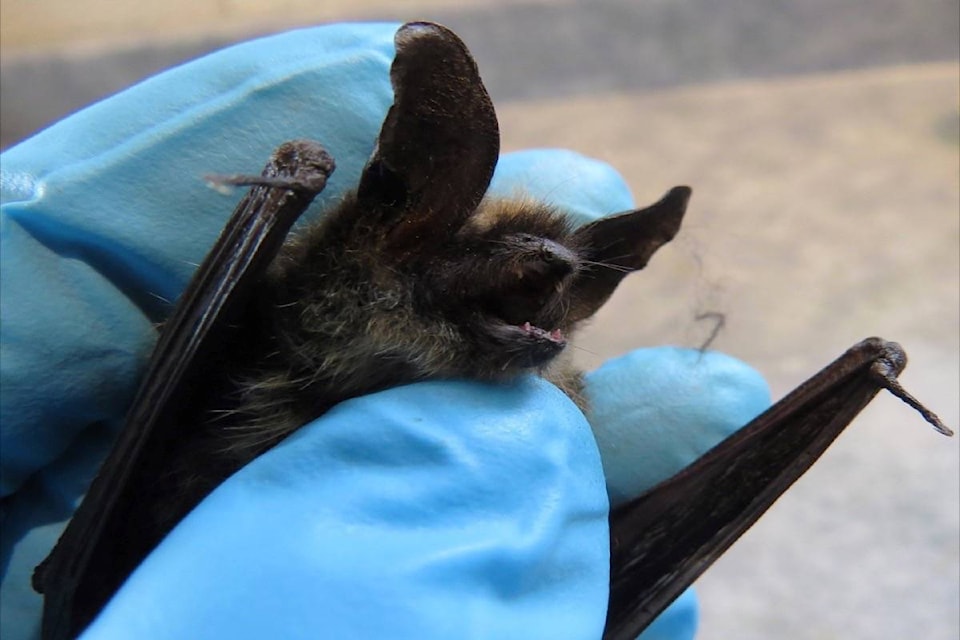A rare pulmonary disease linked to bats has been detected in rural central Alberta, according to new research led by provincial lab scientists.
Infectious disease experts at Alberta Precision Laboratories and the University of Alberta have confirmed that histoplasmosis – a fungal infection transmitted through bat and bird droppings – is now in Alberta and has primarily been found in rural areas in central Alberta, including Sundre, Stettler and county, Stony Plain and Spruce Grove.
“Knowing that histoplasmosis is here can help improve the diagnosis and treatment of patients who have no history of travel to the traditional risk areas,” said Dr. Ilan Schwartz, assistant professor, division of infectious diseases at the U of A.
The Alberta research was published this month in the medical journal The Lancet Microbe.
Fifteen of the 45 confirmed cases of histoplasmosis in Alberta between 2011 and 2018 were locally-acquired.
Traditionally the disease is found in central United States and parts of southern Ontario and Quebec.
“Histoplasmosis can be a challenging disease to diagnosis and to treat, and patients often spend months before the correct diagnosis is made. Awareness that the disease is here is an essential first step for doctors to be able to consider the diagnosis and order the appropriate tests,” Schwartz said.
The fungus can be found in contaminated dust particles. When inhaled, patients experience respiratory infections with flu-like symptoms, including cough, fever, chills and headache. Cases are typically related to people who have come in contact with bat or bird droppings in old homes, churches, construction sites and parks.
Related:
Alberta reports case of rare variant swine flu
UN: COVID-19 herd immunity unlikely in 2021 despite vaccines
Researchers are exploring whether climate change could be a factor in the spread of histoplasmosis to new geographies. In Alberta, increasing temperatures and decreasing precipitation have been documented over the past several decades, which might have resulted in more favorable conditions for histoplasma to live in Alberta soils.
The disease can survive in soil temperatures ranging from -18C to 37C, the lower end of this range being common in Alberta winters.
The research team hopes to continue its work by further investigating soil samples to determine other areas in Alberta where the disease may be present.
Alberta Precision Laboratories is a wholly-owned subsidiary of Alberta Health Services, delivering diagnostic lab services to Albertans across the province.
The Faculty of Medicine & Dentistry at the University of Alberta is home to one of the top 100 ranked medical schools in the world.
